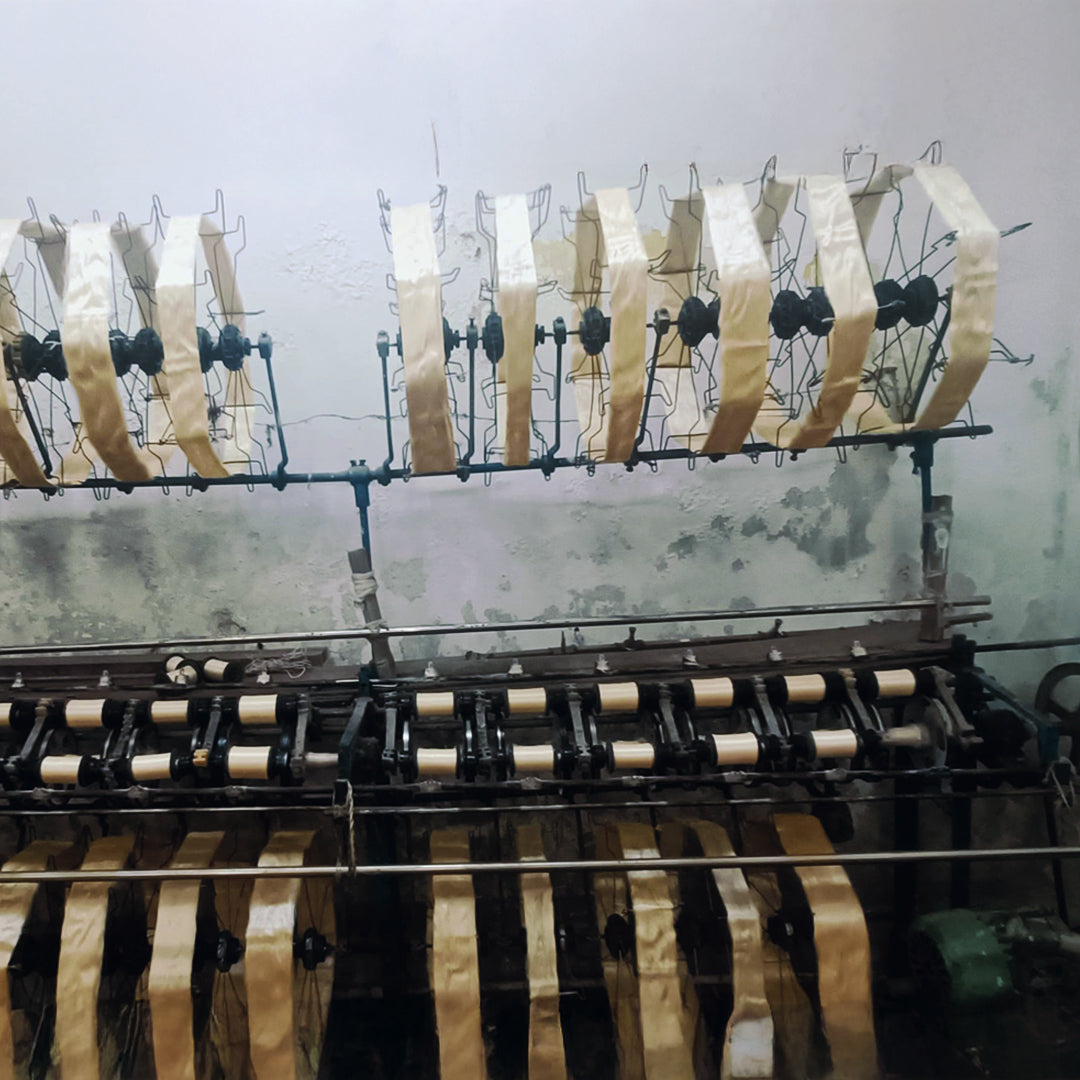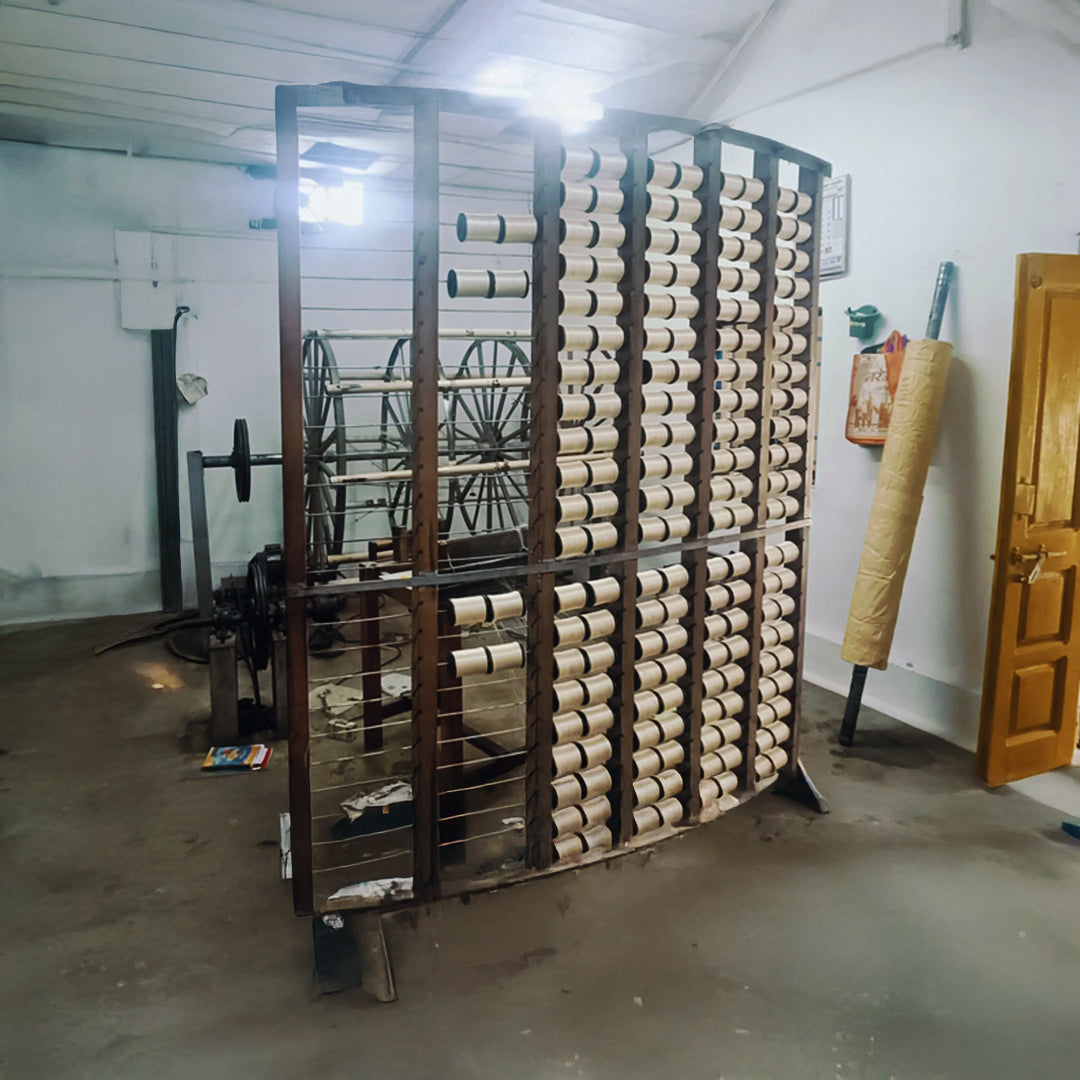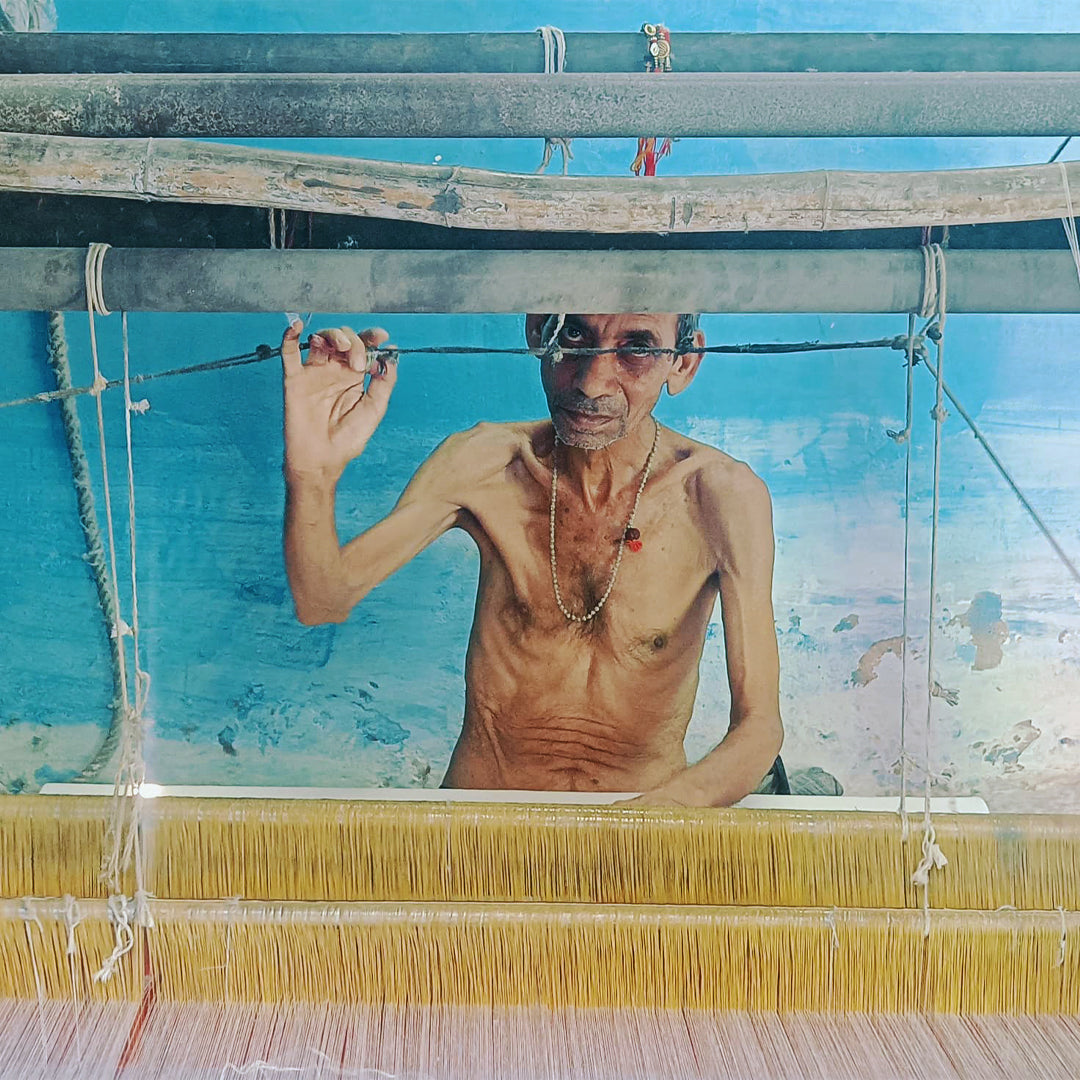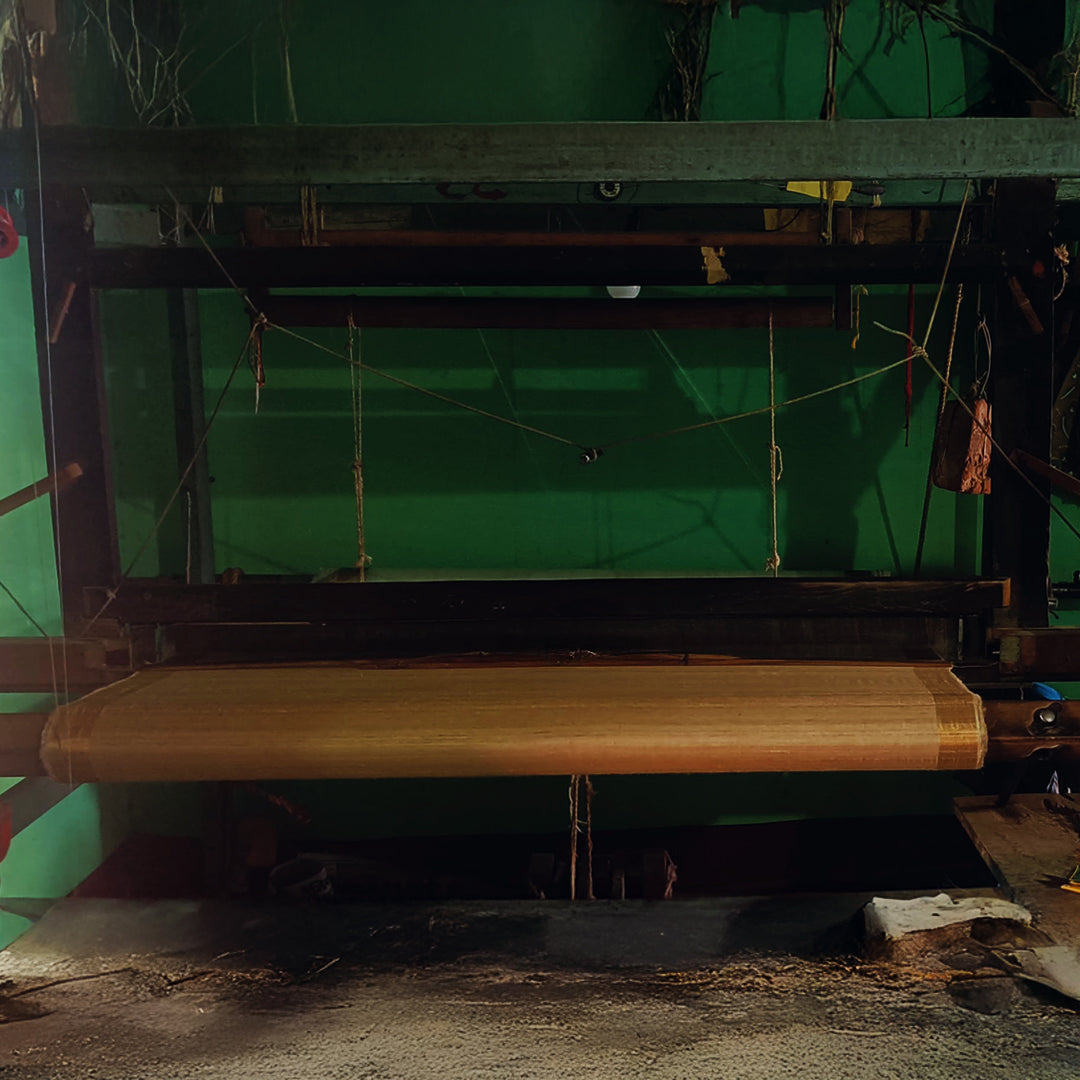Know About Kosa Silk

A Legacy of Wild Elegance from Chhattisgarh
Kosa Silk is one of India’s most luxurious and rare silks—native only to Chhattisgarh. Extracted from the wild Antheraea mylitta silkworm, Kosa Silk is known for its natural golden tones, textured richness, and incredible durability. From the dense Sal and Arjun forests to the skilled looms of the Dewangan weavers, each strand of Kosa Silk carries the essence of nature and the heritage of generations.
At Varshleela, every saree is a slow-crafted masterpiece, woven by hand with precision and pride. From the forest to your wardrobe, here’s how our sarees come to life:
-Cocoon Harvesting:Wild silkworm cocoons are collected carefully from native trees.
-Thigh Reeling:Women artisans extract the threads by hand—an age-old technique that preserves quality.
-Weaving:Entire families work on traditional handlooms, creating intricate designs over several days.
-Natural Dyeing & Embellishment:Sarees are dyed using age-old techniques and often enhanced with hand painting, block prints, or embroidery.
-Finishing:Each saree is calendared by hand, giving it its iconic glossy texture.

Symbols of Culture. Motifs of Meaning.
Kosa Silk sarees are adorned with motifs passed down through generations—each one rich in symbolism.
- Temple Spires (Kumbha) – Symbol of spirituality and strength
- Peacock & Fish (Mayur & Machhali) – Represent beauty and abundance
- Nature Motifs – Trees, flowers, and village life as tributes to the land
- Geometric Borders (Karvat) – Reflect the rhythm of tradition
All designs are first hand-drawn on graph paper by the weavers themselves, making each piece an original work of heritage art.

From Forest to Fabric – The Making of a Kosa Saree
1.Sorting Silkworms– Only skilled men handle larvae and assign healthy ones to cocooning.
2.Cocoon to Thread– The cocoons are softened in warm water, then carefully reeled into silk yarn.
3.Yarn to Loom– The yarns are spun into hanks, wound into bobbins, and loaded into traditional shuttles.
4.Loom to Life– Using techniques like Jaala, Phera, and Khapa, sarees are brought to life over days of meticulous handweaving.
5.The Final Touch– Calendaring adds sheen. Silkmark verification ensures quality.

Authenticity in Every Strand
Genuine Kosa Silk comes from Antheraea mylitta silkworms in Chhattisgarh, ensuring its unique quality and origin.
- Burn Test: Black residue with a burnt hair smell = Pure.
- Blended silks leave an ash-like residue.
- Silkmark Certified: Not all weavers qualify—ours do.
With Varshleela, you don’t just buy silk—you invest in purity, heritage, and artistry.

Tradition Woven for Modern EleganceKosa Silk has moved beyond the saree. Today, this fabric is being embraced by designers globally and reimagined for:
- Contemporary sarees & drapes
- Indo-western silhouettes
- Men’s kurtas and jackets
- Artisanal exports & heirloom fashion
Kosa Silk is no longer a hidden gem—it’s becoming a global legacy, and Varshleela is proud to be a part of its journey.

Why Varshleela?
Varshleela stands out by offering a blend of tradition, quality, and ethical craftsmanship.
- 100% Pure Chhattisgarhi Kosa Silk
- Ethical sourcing & artisan-first approach
- Limited edition handwoven pieces
- Each saree supports generational weaver families
- Packaging, presentation, and personal touches worthy of luxury

